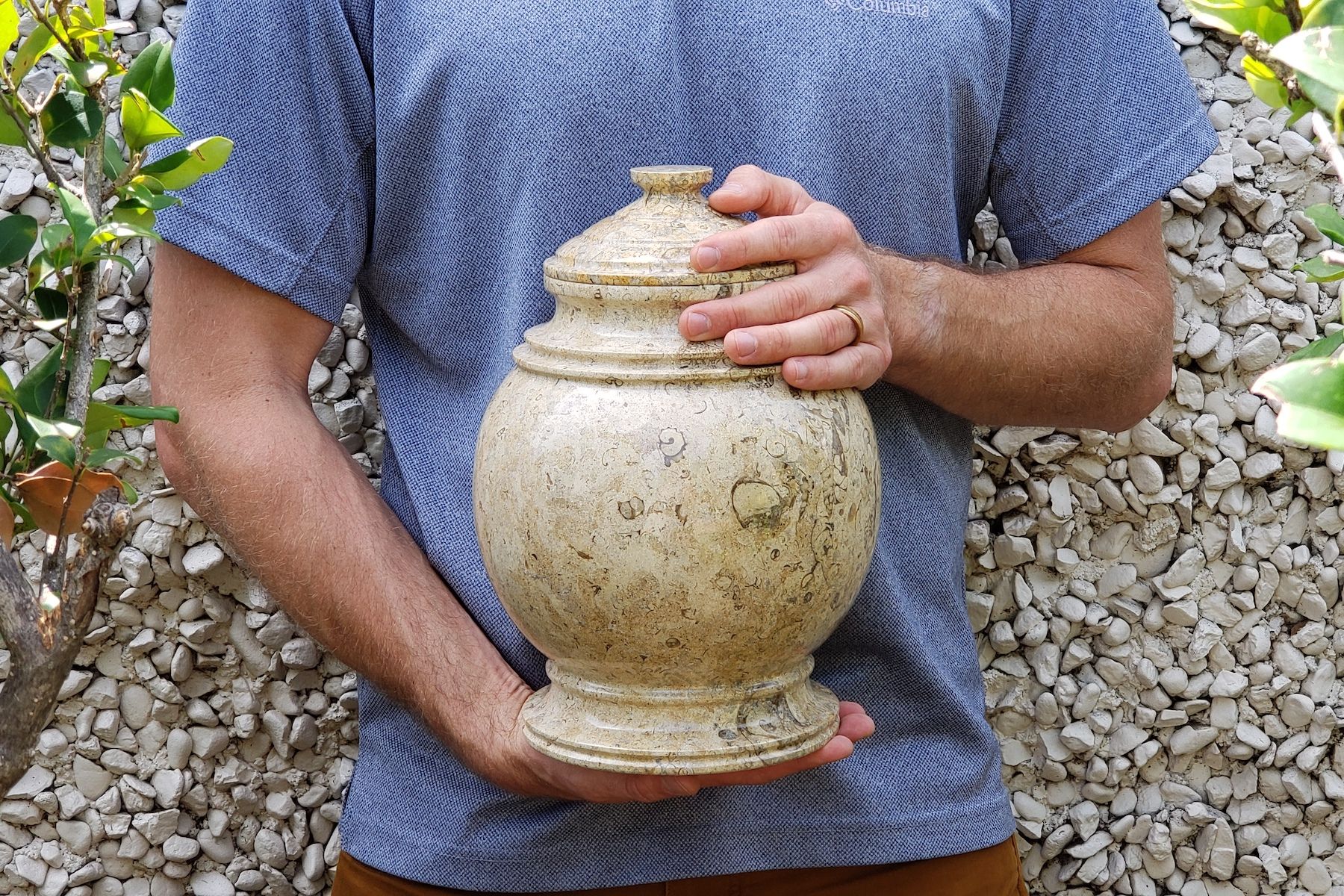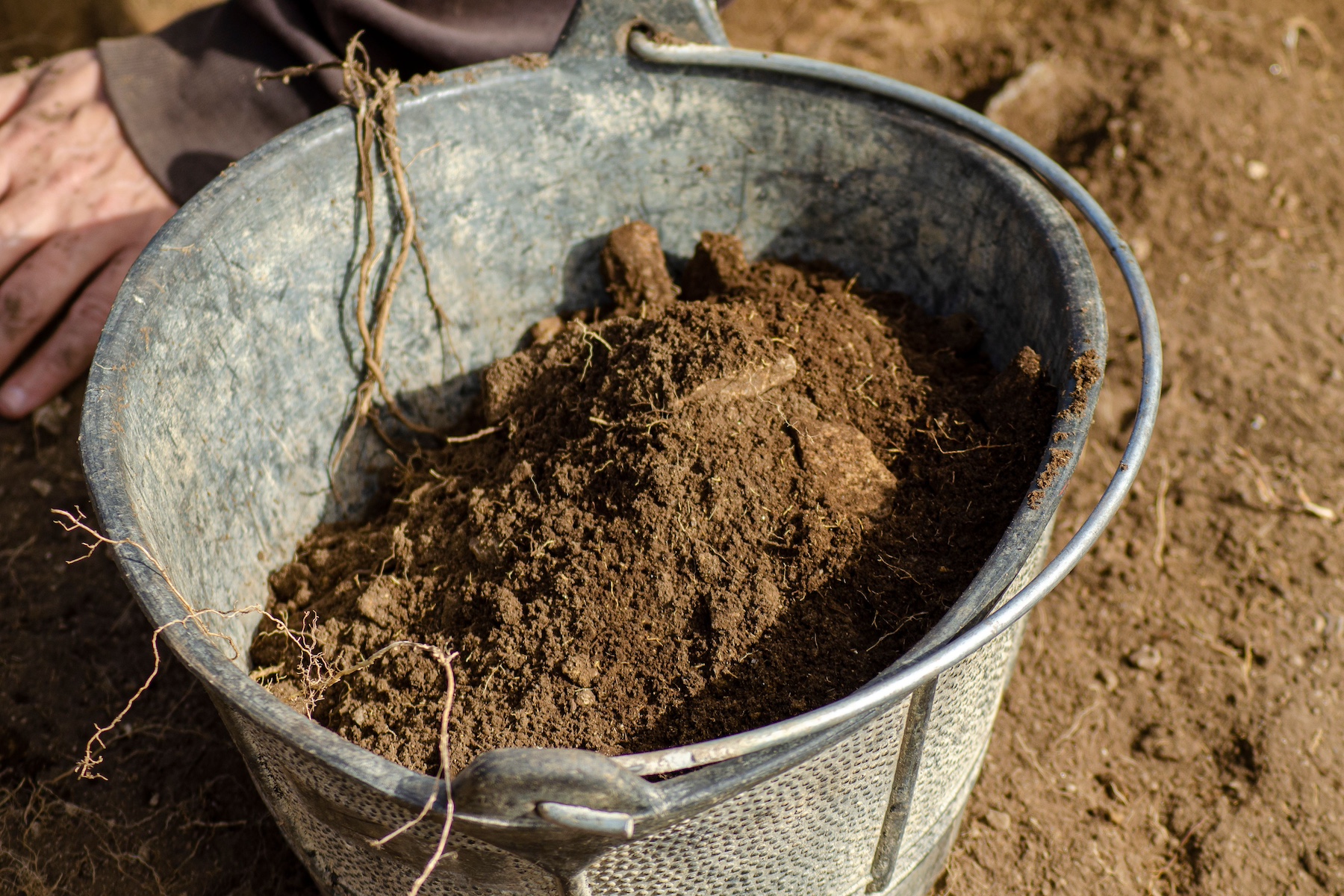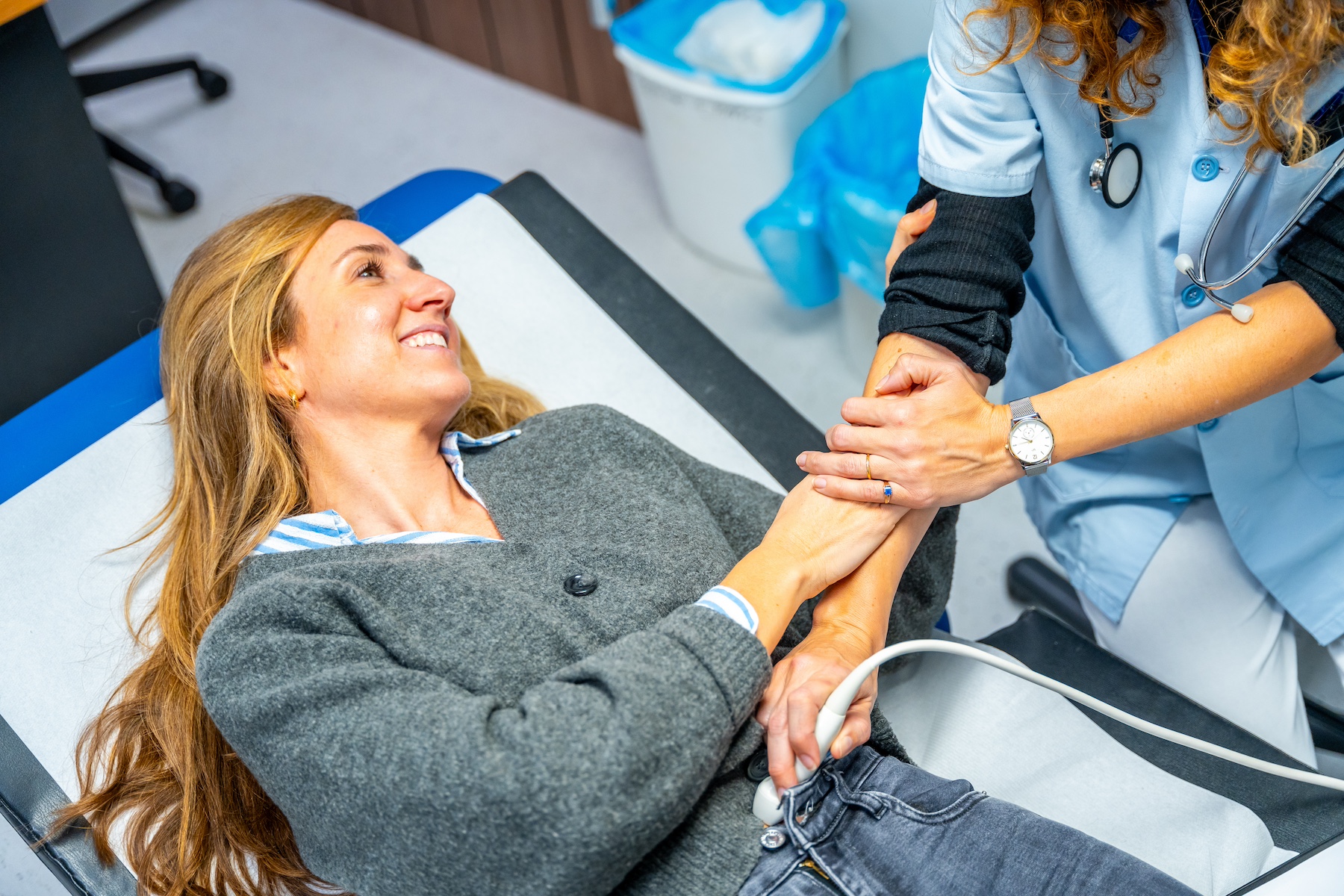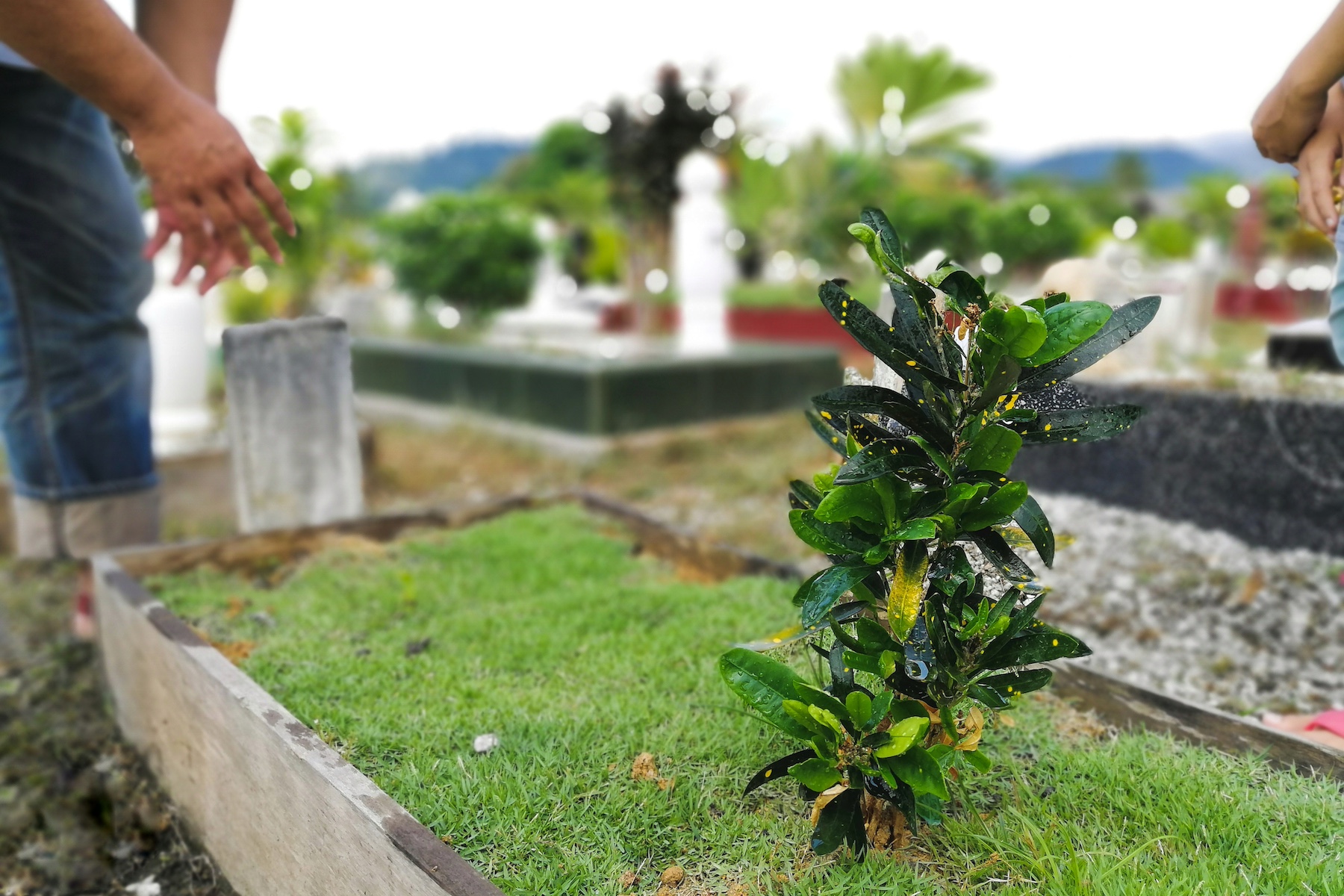Families have to make a number of decisions about end of life services shortly after a loved one passes. It can seem like everything has to happen at once, but with burial that’s followed by a clear ending when the casket is lowered into the gravesite.
It’s easy to feel a little out-of-the-loop once everything is handed off to the crematorium. Unlike a burial, you aren’t present during the cremation. And it’s only in recent years that cremation has become more common than burial so there are still a lot of people who have little firsthand knowledge about the process.
Keep reading for insight on what steps you should take once the cremation is complete.
State Laws and Regulations Dictate the Process
Cremations are regulated state-by-state. The first thing all families should do is look up the state laws and regulations regarding how cremations are performed and how the remains are handled. There may also be state and local laws that influence what happens after a cremation.
Knowing the laws will help you understand what steps need to be taken next as well as whether or not a crematorium is following procedures properly.
The Remains Are Prepared
Once the remains are safe to handle, the cremators will need to prepare them. A magnet will be used to remove any remaining metals from things like medical devices and fillings. Often some bone fragments remain. When that happens the fragments are ground down so that they are consistent with the rest of the remains.
Who is Approved to Take Possession of the Remains
Another deciding factor for what happens next is what you requested the crematorium do with the remains. You can opt to:
- Designate a person or persons who can claim the remains and pick them up from the crematorium.
- Provide an address where the cremains will be delivered.
- Release the remains to a cemetery where they will be buried.
The remains can also go unclaimed. This is the case in roughly 1% of cremations, which amounts to somewhere in the range of 15,000-17,000 cases of unclaimed remains each year. Many of the unclaimed remains are due to the opioid crisis.
Here again local laws could come into play. Most states have outlined a time period for when a family needs to claim the remains of a loved one. If they don’t within the allotted time the crematorium can spread the remains, bury them in a mass grave or keep them in temporary storage. When the remains are scattered, the crematorium is usually limited in terms of where and how they can dispose of the remains.
Using Your Own Receptacle
If you choose an urn through the crematorium the remains will be transferred to the receptacle a few hours after the cremation once the remains have cooled down. If you plan to use your own receptacle that’s certainly fine. The crematorium will put the remains in an airtight bag that is kept in a temporary receptacle that’s usually made of rigid cardboard.
If you plan to keep the remains in multiple locations most crematoriums will divide the remains for you upon request.
Many families that choose direct cremation decide to have a memorial after the cremation is complete. Scattering ceremonies are also quite common. If you’d like to learn more about how direct cremation works give us a call, text or email any time of day or night.



